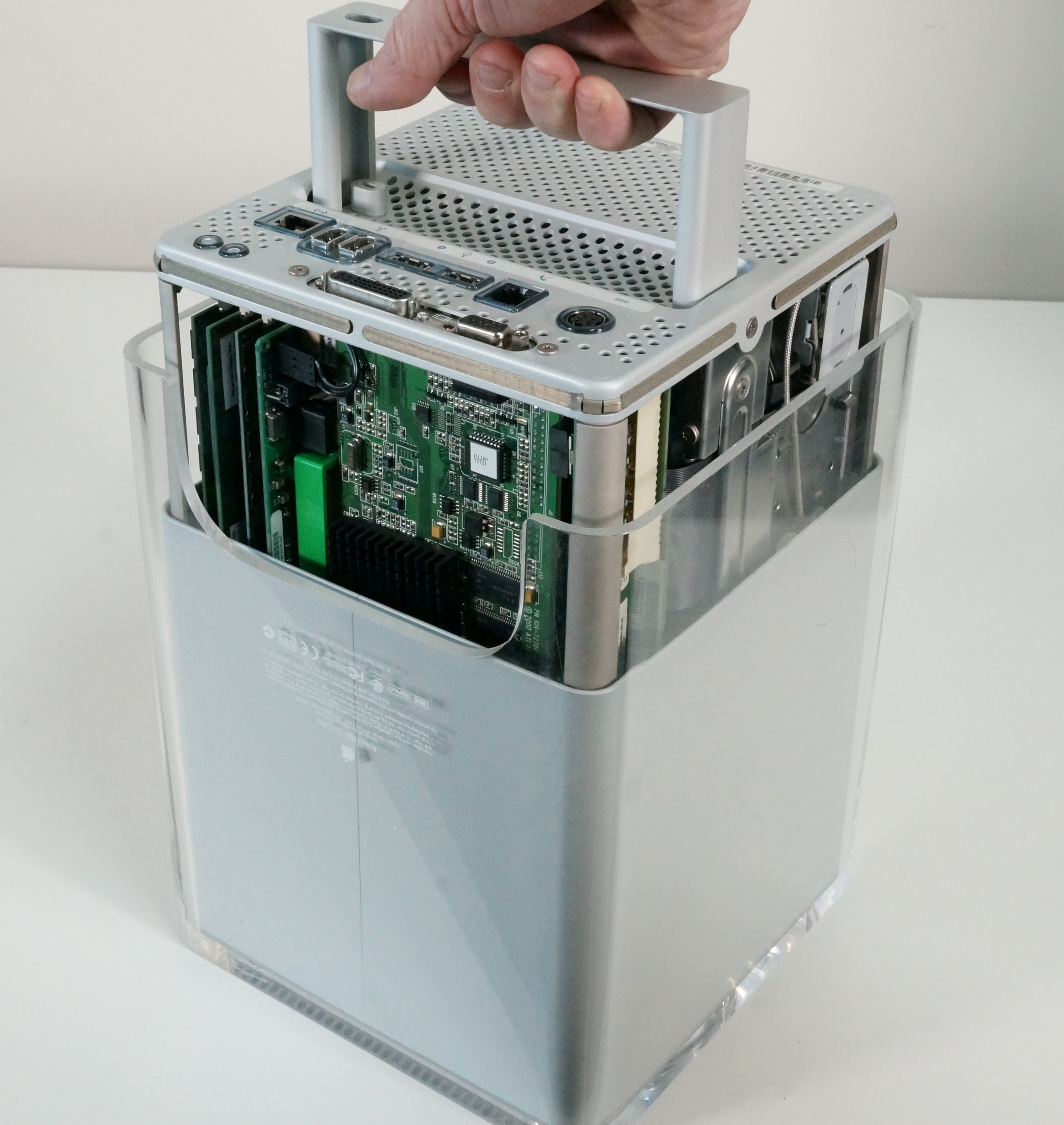The Power Mac G4 Cube is a very unique Apple computer, with its special and compact desktop (for the time at least) "cube" form factor. It features easy access to its internal components for (some) upgrades, but mostly, this accessibility is used to show off to your friends and family. Unfortunately, it ended up being a commercial failure due to lack of specific market focus and higher price compared to other Apple products of its time with similar or higher specs. Thus, it had a very short life span, being produced only between July 2000 and July 2001 what today lead to a somewhat rare and collectible Mac.
The Cube, like most Apple products, is a solid machine and if you are lucky enough to find a reasonably priced one, most units tend to be working to this day. Among the non-working ones available, chances are that it's because of its power supply (PSU) being dead. Sadly, the Cube PSU is custom made for the Cube, using a proprietary connector cable - making it very rare / expensive to find a plug and play replacement.
Thankfully, you are lucky enough to come across this article! :)




